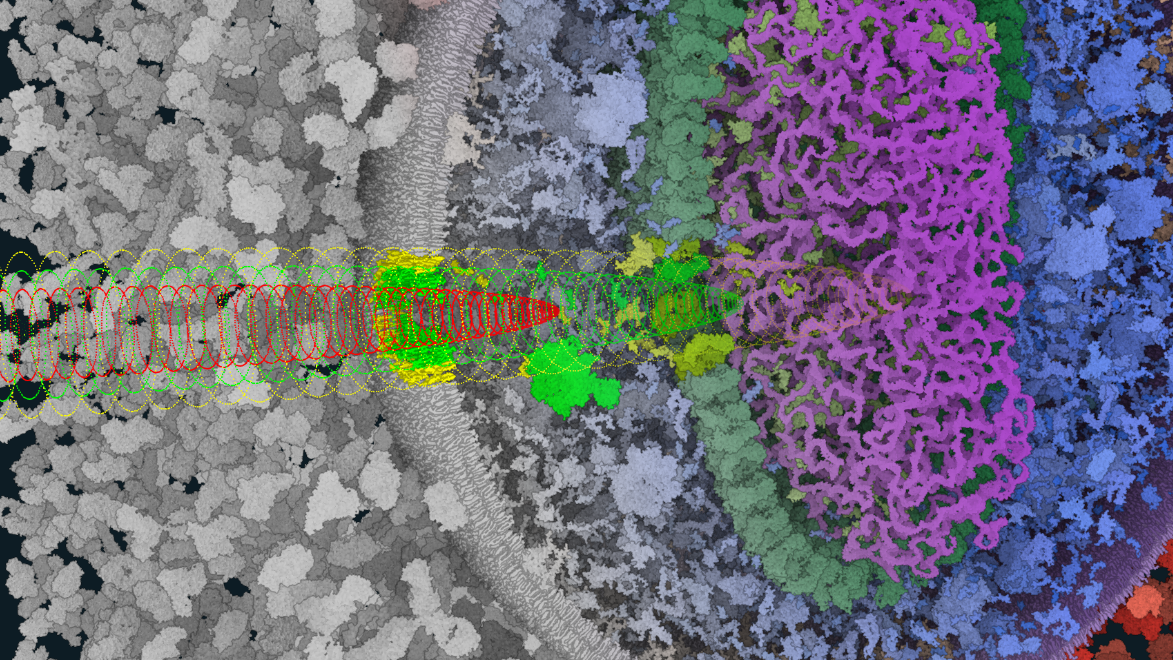Nanotilus: Generator of Immersive Guided-Tours in Crowded 3D Environments
Ruwayda Alharbi, Ondˇrej Strnad, Laura R. Luidolt, Manuela Waldner, David Kouˇril, Ciril Bohak, Tobias Klein, Eduard Groller, Ivan Viola
View presentation:2022-10-20T19:48:00ZGMT-0600Change your timezone on the schedule page
2022-10-20T19:48:00Z

Prerecorded Talk
The live footage of the talk, including the Q&A, can be viewed on the session page, Storytelling.
Fast forward
Keywords
VR immersive, Visibility management, Path planning, Storytelling, Visualization
Abstract
Immersive virtual reality environments are gaining popularity for studying and exploring crowded three-dimensional structures. When reaching very high structural densities, the natural depiction of the scene produces impenetrable clutter and requires visibility and occlusion management strategies for exploration and orientation. Strategies developed to address the crowdedness in desktop applications, however, inhibit the feeling of immersion. They result in nonimmersive, desktop-style outside-in viewing in virtual reality. This paper proposes Nanotilus---a new visibility and guidance approach for very dense environments that generates an endoscopic inside-out experience instead of outside-in viewing, preserving the immersive aspect of virtual reality. The approach consists of two novel, tightly coupled mechanisms that control scene sparsification simultaneously with camera path planning. The sparsification strategy is localized around the camera and is realized as a multi-scale, multi-shell, variety-preserving technique. When Nanotilus dives into the structures to capture internal details residing on multiple scales, it guides the camera using depth-based path planning. In addition to sparsification and path planning, we complete the tour generation with an animation controller, textual annotation, and text-to-visualization conversion. We demonstrate the generated guided tours on mesoscopic biological models -- SARS-CoV-2 and HIV. We evaluate the Nanotilus experience with a baseline outside-in sparsification and navigational technique in a formal user study with 29 participants. While users can maintain a better overview using the outside-in sparsification, the study confirms our hypothesis that Nanotilus leads to stronger engagement and immersion.